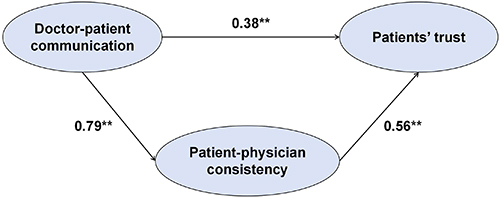
In the vast structure of American healthcare, where the Enlightenment’s vision of logical advancement once illuminated the path, a darkness now stretches across the hallways: the dominance of metrics. Born from the ethos of Taylorism’s productivity and Deming’s quality management, these numerical judges were designed to enhance the practice of healing, turning subjective perception into objective standards of excellence. However, similarly to many well-meaning bureaucratic encroachments into personal matters, they have created a twisted transformation, changing caution into danger and care into quantification. This is particularly evident in the evaluative frameworks regulating preventive assessments such as colonoscopy and diagnostic endeavors in cardiology, from the simple echocardiogram to the more invasive catheterization lab. In these medical settings, metrics do not simply provide measurements; they manipulate outcomes, creating ethical dilemmas that undermine physician integrity and jeopardize patient safety, all for the sake of institutional accolades.
Envision the primary care physician, that often-overlooked guardian of comprehensive health, trapped in a network of incentives as insidious as they are impersonal. His professional reputation rests not on the skillful management of a patient’s complex issues (like the interaction of hypertension, depression, and family difficulties) but on his ability to advocate for colonoscopy. The electronic health record, that ubiquitous oracle, emits directives to “enhance compliance,” reducing the sacred conversation of informed consent to a target-driven monologue. The patient, possibly a cautious septuagenarian anxious about procedural embarrassment, is subtly guided toward acceptance, while effective alternatives (such as fecal immunochemical tests or multitarget stool DNA assays, supported by solid evidence) are overlooked, for they do not satisfy the demand for procedural volume. This is the first betrayal of metrics: It commodifies autonomy, penalizing the physician who promotes restraint and risks ignoring emerging issues in the fervor to count screenings. As Edmund Burke might note, such abstract quests for perfection frequently trample the tangible principles of moderation.
This distortion seeps into the realm of specialists, where the gastroenterologist faces the Adenoma Detection Rate (ADR), a criterion seemingly designed to prevent colorectal cancer by requiring the identification of precancerous lesions in a specific proportion of examinations. Commendable in theory, it devolves in reality into a subtle nudging toward overzealousness. In the sphere of endoscopy, where histological uncertainties abound, a seemingly innocuous polyp (perhaps just hyperplastic tissue) can be redefined as adenomatous, extending surveillance timelines and subjecting the unsuspecting patient to repeated invasions. The risks are significant: perforation, bleeding, the mental toll of constant observation. Adding to this is a culture of throughput, where speed and procedural quotas are celebrated over careful assessment, shortening withdrawal times and endangering thorough evaluations. The system, in its mechanistic arrogance, conflates detection with salvation, disregarding Tocqueville’s caution that democratic efficiencies can compromise personal judgment.
A similar affliction impacts cardiology, beginning with the echocardiogram, that acoustic portrayal of the heart’s chambers. Here, the “diagnostic yield” (the ratio of examinations revealing anomalies) mirrors ADR’s alluring trap, incentivizing the exaggeration of the trivial. A hint of mitral regurgitation, common in older adults and often inconsequential, is escalated to “mild dysfunction”; a minor thickening of the ventricular septum, perhaps a benign adaptation from athleticism, is labeled as hypertrophy. Such inflation, pleasing to the scorecard, triggers a torrent of consequences: serial imaging, medication protocols, referrals to specialists; each is a tributary feeding an overwhelming stream of financial strain and existential anxiety. The cardiologist who, exercising Aristotelian wisdom, observes a scan to be normal and offers reassurance, is seen as inadequate, while the metric glorifies the pathologization of normal physiology, confusing anomaly with actionability.
Administrative efforts worsen the injustice. Turnaround pressures emphasize speed, pushing interpreters to gloss over intricacies, neglecting comparative assessments with previous studies or interdisciplinary discussions. “Appropriate Use Criteria,” those strict guidelines for reimbursement, force clinicians to reshape narratives into compliant molds, stifling the individualized reasoning that defies algorithmic limitations and encouraging a culture of creative documentation over honest consideration.
The peak of this metric insanity exists in invasive cardiology, where the catheterization lab transforms into a stage for interventionist temptation. “Door-to-balloon” metrics, crucial for acute myocardial infarctions, result in rushed activations for ambiguous ECGs, driving patients into angiographic interventions without clear necessity. Conversion metrics